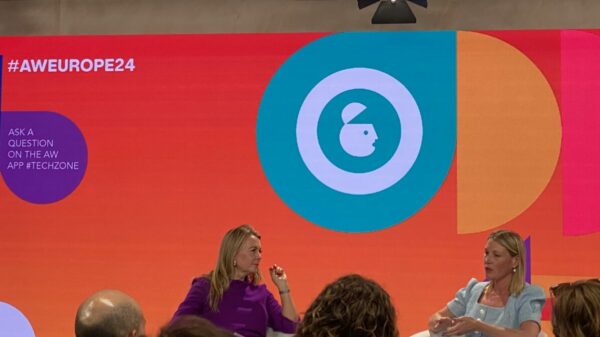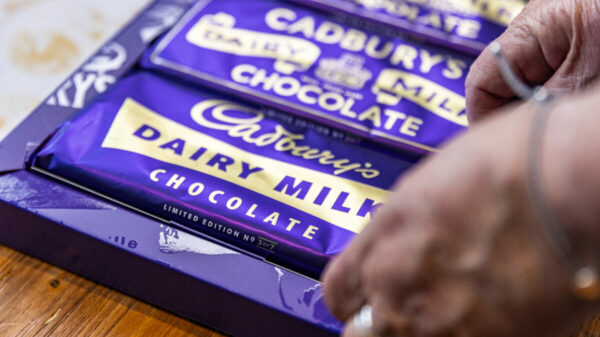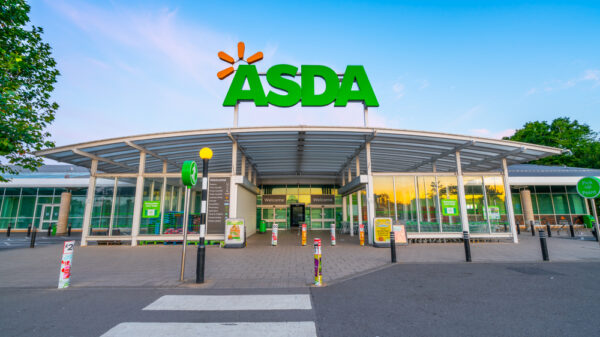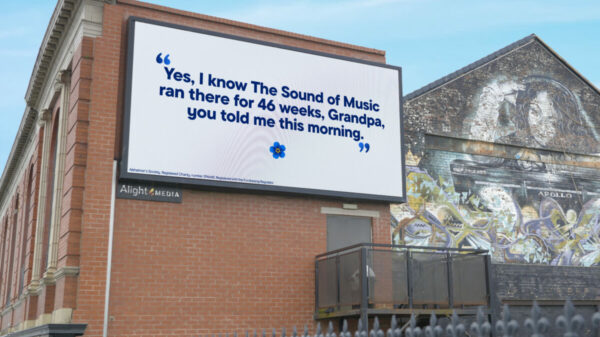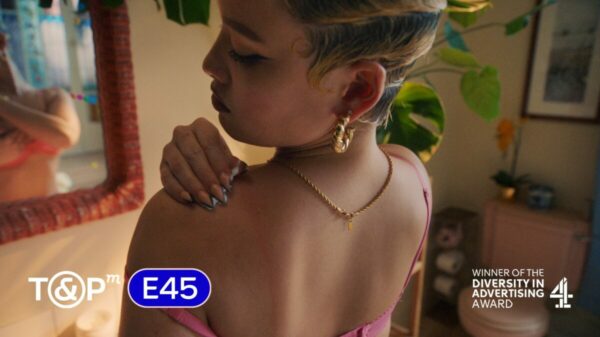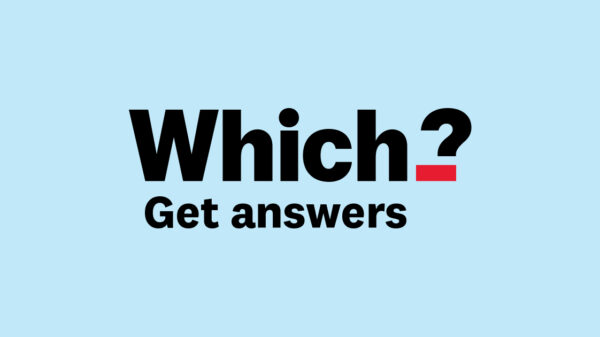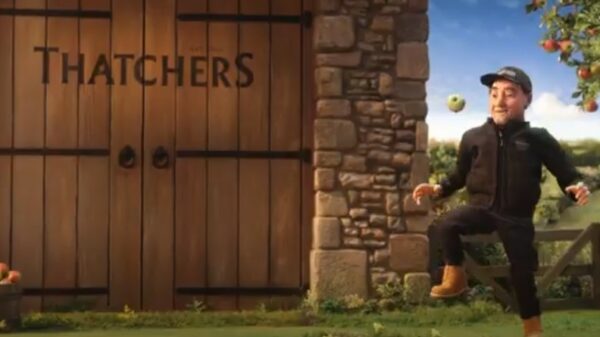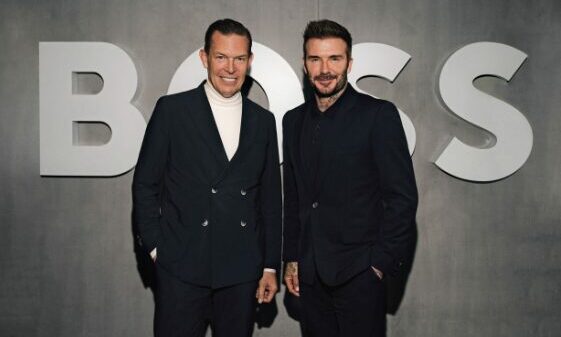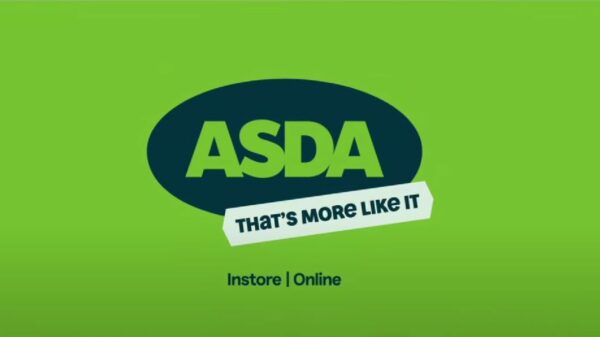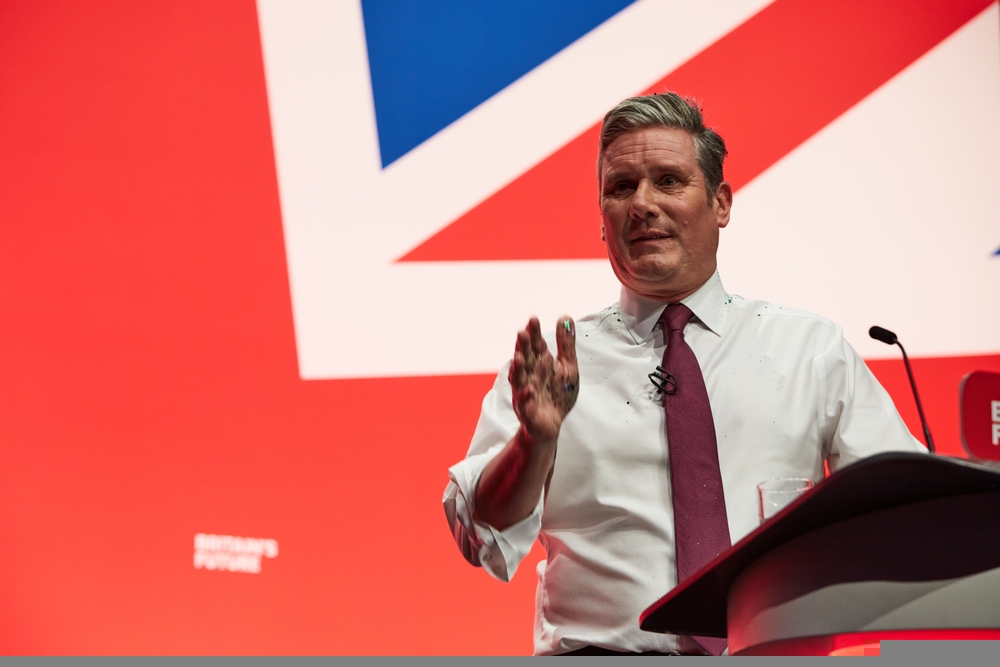Being photographed sitting on a toilet in a cold warehouse for fifty hours straight might not be everyone’s idea of a good time, but it left the founder of sustainable toilet paper brand Who Gives A Crap with a huge grin across his face.
As marketing stunts go, it was a bold (and cold!) entrance onto the scene.
Taking place back in 2012, Simon Griffiths’ fundraising effort raised the $50,000 he needed to launch his fledgling company, but it also raised eyebrows across the internet, making headlines in Australia and beyond.
The aim of the attention-grabbing move was to show just how much his new sustainable toilet paper business gave a crap about tackling the global problems of deforestation and adequate sanitation. More importantly, it worked, with the brand garnering 2.5 million impressions across the course of the campaign.
So why the toilet humour? “It was a pretty amazing way of running our first proof of concept to see if enough people believed in what we were doing but also finding our first 1,000 customers,” explains Griffiths, adding that selling sustainable loo roll online hadn’t been done “in any meaningful way before.”
“The idea to film me sitting on the toilet came from the realisation that if we were going to bring this idea to life, we needed to check whether this was of interest to enough people. Luckily it was.”
The stunt was the first in a long line of creative campaigns from Griffiths and Who Gives A Crap, who explains why tone of voice and a good sense of humour is at the heart of the brand’s identity.
Subscribe to Marketing Beat for free
Sign up here to get the latest marketing news sent straight to your inbox each morning
The story of more than just 100 acres
Recently, the brand has showcased its ability to tap into the sweet as well as the silly. This September, it launched a stark deforestation-themed version of AA. Milne’s Winnie the Pooh, with reimagined illustrations showing a forest being cleared.
The concept was based on research which revealed that more parents (38%) are unaware that most toilet paper comes from trees than their children (20%). The book itself answers children’s questions and provides a valid talking point.
“Taking something like Winnie the Pooh, a book everyone cares about, was a way of making the problem we’re talking about relatable,” explains Griffiths.
“There’s a perception that it’s ok to flush toilet paper that’s made from plantation paper, that it doesn’t have an impact on the environment but that’s not the reality.”
Griffiths describes the WGAC brand tone of voice as being like “people you’d like to sit next to at a dinner party”. People, he says, are interesting when they want to talk about sustainability but also when they have a good sense of humour.
“We want a tone of voice that can play on all of those different traits of personality – talk about the serious stuff but also know when to crack a joke.”
There’s only one hard rule. “We’ll never say something that’s dirtier than our brand name. The nastiest we’ll be is our brand name and everything else is always on the nicer side of how we talk about the world.”
‘The most powerful tool’
Griffiths feels the brand’s initial social media success is partly down to the fact that Facebook had just introduced the share button.
“We went viral simply because people were sharing what we were doing on social media over and over again. Social media has probably been the most powerful tool to show our customers that we are trying to make this crazy idea work.”
In May 2018 the team had just changed warehouses in Sydney, “We ran this campaign where we promised a free trial pack which had a few rolls of toilet paper, a box of tissues and a roll of kitchen towel”.
“Instead they sent them a twelve pack box of tissues, and our customers were waiting for the free trial pack to show up and it never did,” Griffiths says.
When irate customers started getting in touch, half of the team were in rural Cambodia without access to wifi looking at the work of Water Aid first hand. To make matters worse Griffiths recounts that just as they were getting everyone responding to customer enquiries 16 of the group got food poisoning.
The notes from dissatisfied customers kept piling in, “We published an apology on our Instagram and Facebook page letting everyone know what had happened and we were honestly concerned that people would pile on and comment saying you’ve let me down this is terrible”.
They were met with positivity, “People were saying ‘I’m sorry, get yourselves sorted, it’s more important than my order.”
Griffiths extolls the virtues of social media, “It gives you this amazing opportunity to communicate with customers in a way that just wasn’t possible before social media happened. In the 90s or early 2000s the way you communicated with customers wasn’t particularly direct”.
The biggest impact
Who Gives A Crap’s purpose continues to act as a guide to help further their environmental aims – whether it’s coping with setbacks like the Cambodia situation or cutting the width of each roll from 10.5 cm down to 10 cm to reduce excess paper and cardboard.
Griffiths adds that “the biggest impact a consumer can have is switching from a virgin tree based product over to a recycled product”.
Despite becoming an omnichannel brand with new links with supermarkets like Waitrose (it’s sold in 240 of the retailer’s stores) its strategy “has evolved rather than changed”.
Throughout Covid-19, sustainability became a big topic (plus people prioritised toilet paper) – “Using so much PPE made people more conscious of what they were consuming. Since then we’ve gone through the cost of living crisis and there’s been a gap in how people would like to behave, and the realities of how they can afford to behave”
Amid changing times and growth, for Griffiths “the direct to consumer strategy is similar but as an omnichannel brand we’re moving in to more environments where customers want to buy us regardless of where they’re shopping”.
Beyond the toilet, Who Gives A Crap?
The difference is now their customers “aren’t just individuals, they’re some of the biggest supermarkets in the world”.
“We’re seeing great results, which gives us confidence”.
“Like a lot of small brands, we’d talked for years about putting a big ad into the world to get better at it over time,” Griffiths says. As well as their first billboard earlier this year Who Gives A Crap joined forces with The Guardian on a campaign with comedian Zoe Lyons and they have had their first television spot.
“I think every individual and every business has a purpose, the hard thing is articulating that and getting people to rally around it,” Griffiths explains.
And maybe that’s their winning formula, perhaps people do give more of a crap than we imagine?
